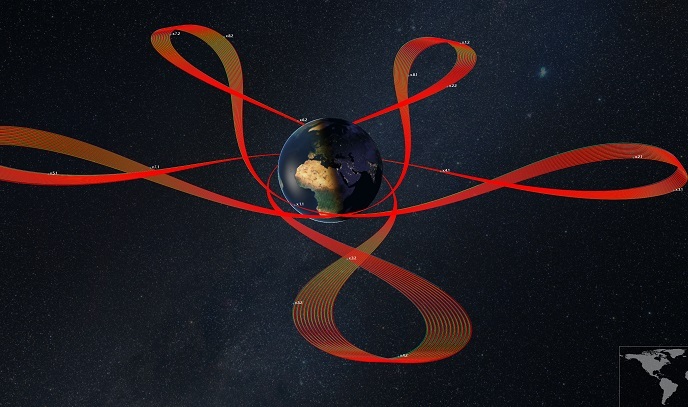Making the most of the Earth observation data deluge with HERMES software kit
Ever since the Explorer 6 satellite captured in 1959 the first Earth photo from Space, the Earth observation market has witnessed an impressive growth. With the quality, quantity and cost of data becoming more competitive, the technology has moved from a niche market, serving traditional sectors such as defence and intelligence, and started muscling into value chains. These include, amongst others, renewable energy, agriculture, land use classification, security and disaster management, natural resource management and maritime surveillance. Reliable and timely space data are critical to improving everyday life. But which are the main roadblocks that are preventing space data from making a bigger impact and how can these challenges be addressed?
Dealing with the growth in data volume and diversity
Data acquisition refers to the gathering, filtering and cleaning of data before they are analysed, whereas data analysis describes the process through which raw data are made useful and comprehensive for a determined usage. As data stemming from Earth observation programmes will increase exponentially over the years to come, there is a need to create more reliable, powerful and scalable data acquisition solutions. Only a small fraction of the data produced can benefit scientific research and is useful for commercial use. Furthermore, this staggering amount of data collected needs to match the corresponding applications. “The complexity of obtaining a proper stream of data for a given application is overwhelming. Space companies, and especially small- and medium-sized enterprises (SMEs), need deep experience in the Earth observation field, accurate computer models, and importantly, the right technology to use or build the software they need,” notes Felipe Martin Crespo, coordinator of the EU-funded HERMES project and managing director at Taitus Software.
Earth observation data acquisition as quick as a flash
Taitus Software provided a remedy for this situation. “Our software development kit – HERMES – allows space companies and SMEs to develop complex software systems at a fraction of the cost, with a competitive performance and visualisation,” adds Martin Crespo. If data are processed in multiple threads, then GPU processing is advantageous over traditional CPU processing in terms of speed. “GPU processing is rarely used in space industry. We are pioneering its application for satellite sensor planning.” The aerospace sector currently uses proprietary software solutions for Earth observation applications, which are typically expensive and rely on legacy systems. “HERMES boasts 10–100 faster processing speeds, therefore optimising planning of satellite data acquisition and processing. It is highly valued in applications such as early disaster warning where response time is critical. HERMES also supports multi-constellation, multi-sensor modelling, together with an integrated geographical information system, weather forecasting and optimised planning tools,” explains Martin Crespo. As a commercial off-the-shelf platform, HERMES has an edge over custom software development. It is a unique platform that provides the most advanced software tools to manage the core functions when it comes to satellite planning, cutting down development and maintenance costs. It also reduces the time-to-market for software development, saving clients hundreds of thousands of euros annually.
Keywords
HERMES, Earth observation, data acquisition, Taitus Software, software development, GPU processing



